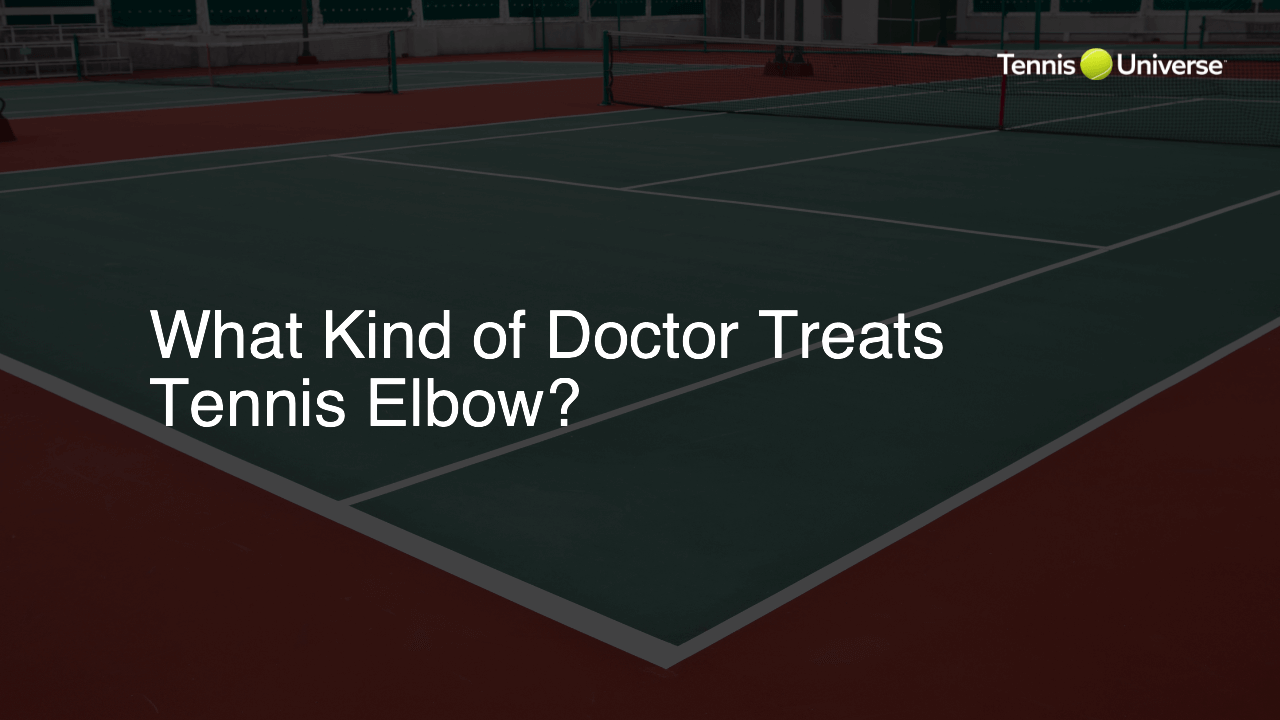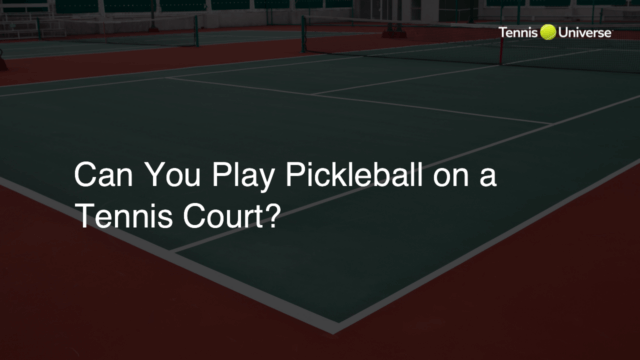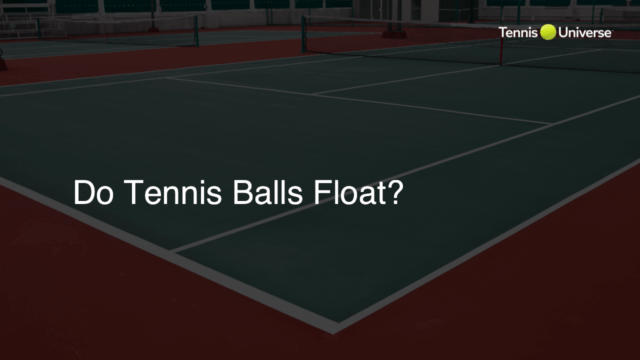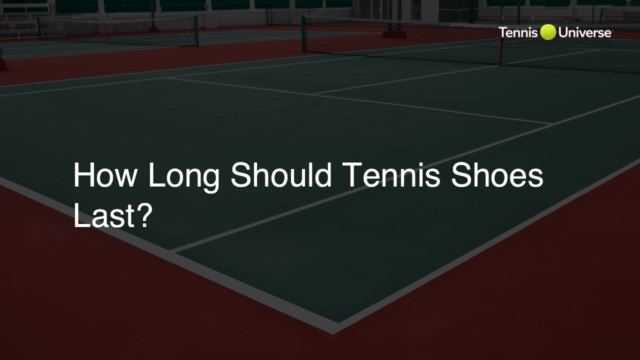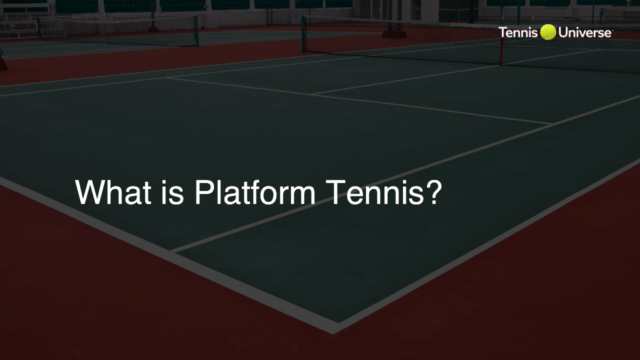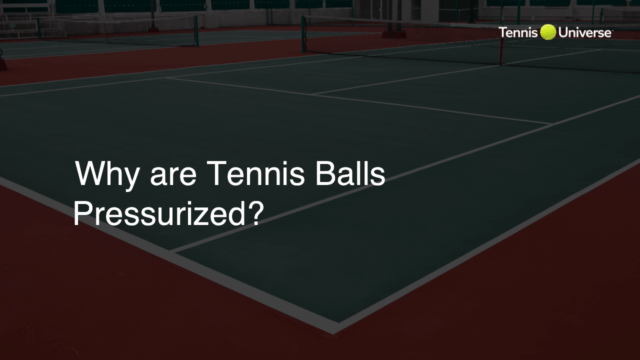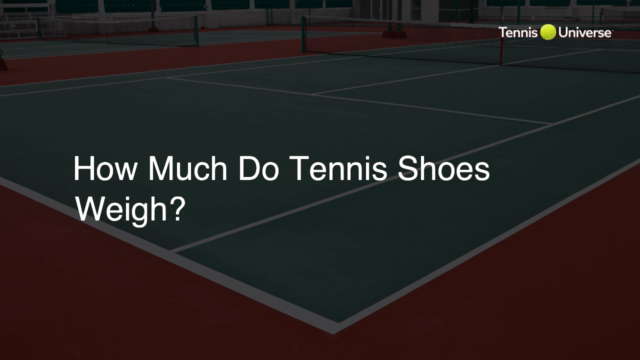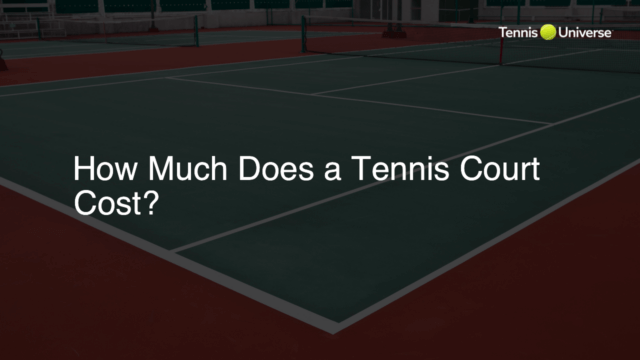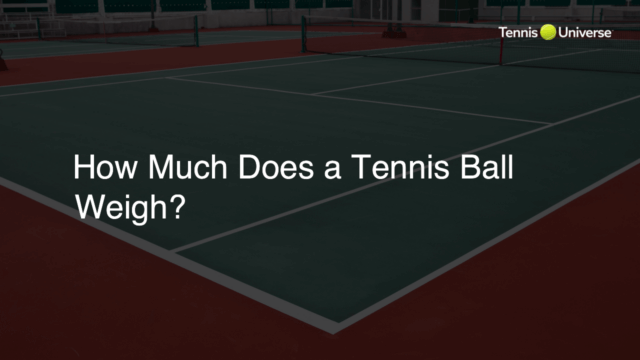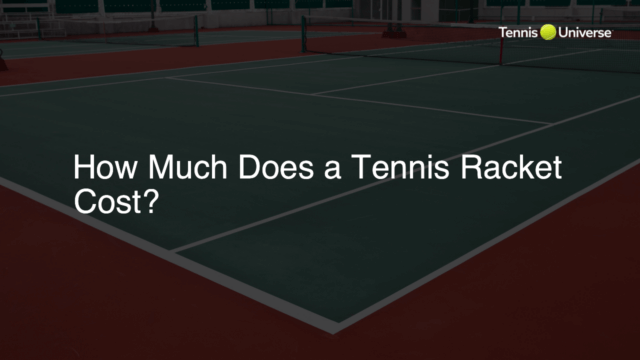A Sports Medicine Physician or Orthopedic Specialist typically treats Tennis Elbow, a condition also known as lateral epicondylitis.
Understanding Tennis Elbow
Tennis Elbow, also known as lateral epicondylitis, is a common condition that causes pain in the outer part of the elbow. It usually occurs due to overuse and repetitive movements of the forearm and wrist. Although most common among tennis players, it can affect people involved in other activities requiring similar actions.
Selecting the Right Doctor for Tennis Elbow
When experiencing symptoms of Tennis Elbow, choosing the right doctor is crucial for effective treatment and recovery. Two types of medical specialists are particularly adept at treating this condition:
Sports Medicine Physician
Sports Medicine Physicians specialize in preventing, diagnosing, and treating injuries related to sports and exercise. Their expertise is beneficial for tennis players and others who experience Tennis Elbow due to overstressing the tendons and muscles around the elbow joint.
Orthopedic Specialist
Orthopedic Specialists, or Orthopedists, focus on the musculoskeletal system, including bones, joints, muscles, tendons, and ligaments. Their knowledge and experience make them well-equipped to address the structural issues at the root of Tennis Elbow.
How Tennis Racket Selection Affects Tennis Elbow
When playing tennis, the choice of tennis racket can significantly influence the likelihood of developing Tennis Elbow. Factors such as grip size, weight, and string tension can either mitigate or aggravate symptoms. To prevent and manage Tennis Elbow, consult your doctor and consider seeking advice from a tennis coach or equipment expert.
Diagnosing Tennis Elbow
Proper diagnosis is crucial for determining the most effective treatment for Tennis Elbow. The doctor will examine your elbow, wrist, and forearm for tenderness or pain and may perform a few simple tests to ensure the condition is not confused with other issues. In some cases, medical imaging such as X-rays or MRI scans may be requested to rule out other possible causes of discomfort.
Treatment Options for Tennis Elbow
There are various treatment methods available for Tennis Elbow depending on its severity. Your doctor will recommend the most appropriate option for your condition. Common treatments include:
- Rest and activity modification
- Physical therapy and strengthening exercises
- Pain medication and anti-inflammatory drugs
- Bracing or splinting
- Corticosteroid injections
- Shockwave therapy or platelet-rich plasma (PRP) injections
- Surgery (rare and usually reserved for severe cases)
Tennis Tips for Preventing Tennis Elbow
Following tennis tips and recommendations can help prevent the development of Tennis Elbow and protect your joints:
- Warm up and stretch before playing to increase blood flow and flexibility in the muscles and tendons around the elbow.
- Practice proper techniques for gripping, swinging, and hitting the ball to minimize stress on the elbow joint.
- Strengthen your forearm muscles with specific exercises to enhance joint stability and avoid overloading.
- Ensure your tennis racket is the appropriate size and weight, and the grip is comfortable to reduce strain during play.
- Maintain a consistent playing schedule to avoid sudden increases in activity that may cause stress on the elbow.
Remember, prevention is the key, so incorporating these tennis tips and habits can help keep you on the court and pain-free.
Frequently Asked Questions About Tennis Elbow
In this section, we’ll address some common questions related to Tennis Elbow that might arise after reading the blog post. These FAQs aim to provide quick, direct answers to provide further clarity on the topic.
What are the symptoms of Tennis Elbow?
Tennis Elbow symptoms include pain and tenderness on the outer part of the elbow, as well as stiffness, weakness, and a burning sensation in the affected area. These symptoms may be exacerbated during gripping or lifting activities.
Can Tennis Elbow occur in non-tennis players?
Yes, Tennis Elbow can affect individuals who participate in other activities that involve repetitive movements of the forearm and wrist, such as typing, painting, or playing a musical instrument.
How long does it take for Tennis Elbow to heal?
The healing process for Tennis Elbow varies depending on the severity of the condition and the chosen treatment method. Generally, recovery can take anywhere from a few weeks to several months with appropriate treatment and activity modification.
Can I continue to play tennis with Tennis Elbow?
Playing tennis with Tennis Elbow might worsen the condition, so it’s important to consult your doctor before continuing. You may need to rest and modify your activities until the pain and symptoms have subsided.
When should I seek medical attention for Tennis Elbow?
Seek medical attention if you experience persistent pain or discomfort in your elbow that affects your everyday activities or if your symptoms do not improve despite rest and at-home treatment within a few weeks.

